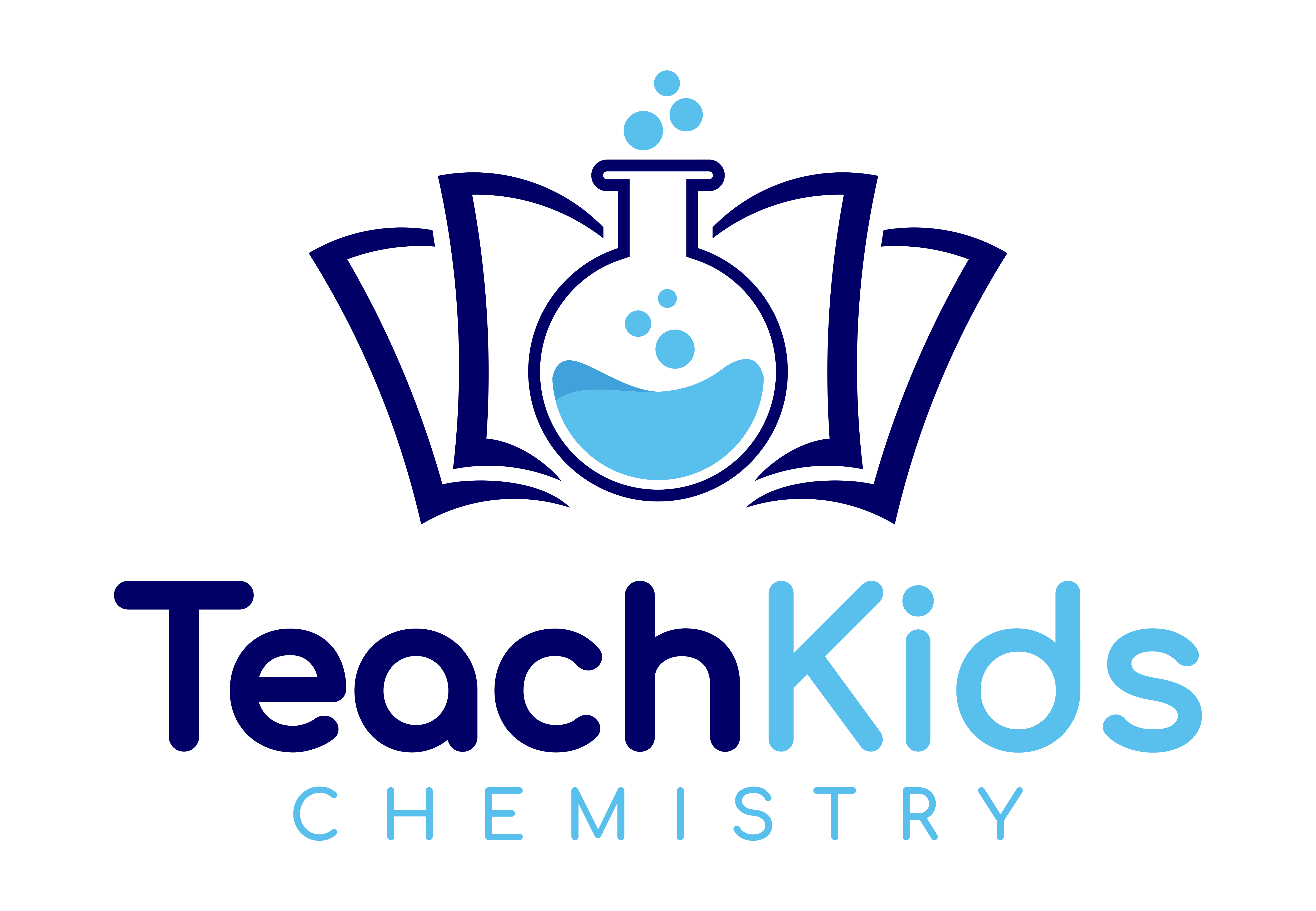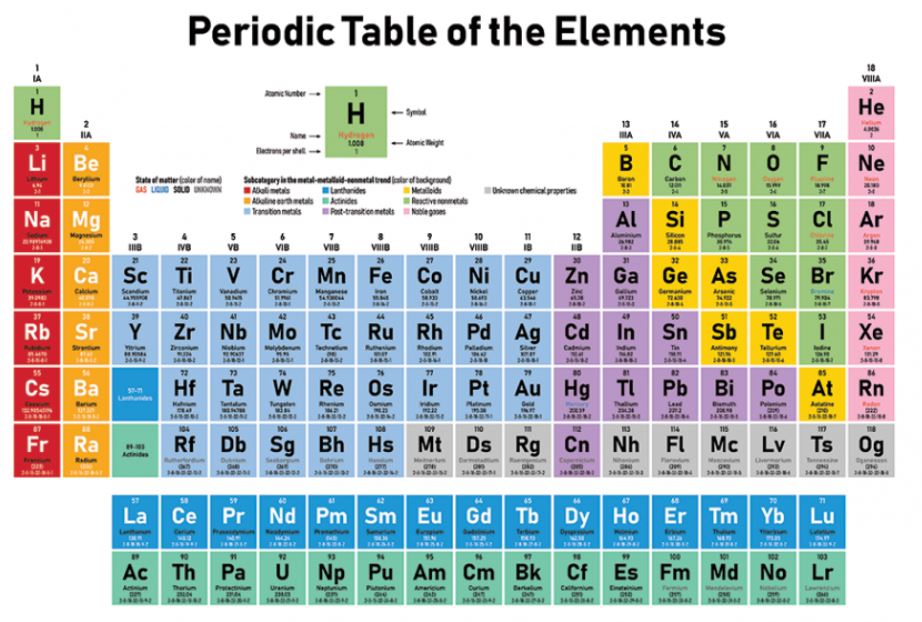Hello and welcome to Teach Kids Chemistry! Today, we will be discussing the fascinating element tellurium. Tellurium is a metalloid element with the atomic number 52 and the symbol Te. It is a rare element that is often found in minerals such as calaverite, sylvanite, and tellurite. Tellurium has a number of interesting properties, including its ability to conduct electricity and its tendency to form compounds with other elements. Join us as we explore the world of tellurium and learn more about this unique element!
The Periodic Element Tellurium Overview
Tellurium is a chemical element with the symbol Te and atomic number 52. It has an atomic mass of 127.60 u and is a metalloid. Tellurium has 52 protons and electrons, and its number of neutrons varies depending on the isotope. It is located in period 5 and group 16 of the periodic table. Tellurium is a solid at room temperature and is a nonmetal with an electronegativity of 2.1. Its specific heat capacity is 0.202 J/g·K, and it has a melting point of 449.5°C and a boiling point of 988°C. The density of tellurium is 6.24 g/cm³.Tellurium is a rare element that is often found in minerals such as calaverite, sylvanite, and tellurite. It is used in the production of alloys, such as steel and copper, and is also used in the production of solar panels and thermoelectric devices. Tellurium is also used in the production of blasting caps and as a coloring agent in ceramics. Despite its many uses, tellurium is not considered an essential element for humans and is not commonly found in the human body. However, it can be toxic in large amounts and can cause symptoms such as vomiting, diarrhea, and a metallic taste in the mouth.
Everyday objects that contain the periodic element tellurium?
There are many everyday objects that contain chemicals or compounds that can be used to teach chemistry concepts. For example, water is a compound made up of two hydrogen atoms and one oxygen atom, and can be used to teach about chemical formulas and the properties of different elements. Salt, which is made up of sodium and chlorine, can be used to teach about ionic bonding and the properties of salts. Baking soda, which is sodium bicarbonate, can be used to teach about chemical reactions and the properties of acids and bases. Other examples include vinegar, which is acetic acid, and aspirin, which is acetylsalicylic acid. By using everyday objects that contain chemicals, students can learn about chemistry concepts in a simple and relatable way.
Differences in the periodic element tellurium across states of matter
The state of an element can vary greatly depending on its temperature and pressure. At standard temperature and pressure (STP), most elements are either solids or gases. Solids have a fixed shape and volume, while gases have neither. As temperature and pressure increase, some solids can become liquids, which have a fixed volume but take the shape of their container. As temperature and pressure continue to increase, some liquids can become gases, which have neither a fixed shape nor volume. At extremely high temperatures and pressures, some gases can become plasmas, which are highly ionized and conductive. Plasmas are often found in stars and lightning bolts, and have unique properties such as the ability to emit light.
Is the periodic element tellurium dangerous or radioactive?
Tellurium is not considered a highly dangerous or radioactive element. It is a metalloid with the atomic number 52 and is commonly used in the production of alloys, semiconductors, and solar panels. While tellurium can be toxic in large amounts, it is not considered a significant health hazard in normal use. However, it is important to handle tellurium with care and follow proper safety protocols when working with it in a laboratory setting.
Is the periodic element tellurium rare and expensive?
Tellurium is a relatively rare element, but it is not considered to be particularly expensive. It is typically found in small quantities in certain types of copper, gold, and lead ores, and it is also produced as a byproduct of refining these metals. While it is not as abundant as some other elements, such as carbon or oxygen, it is not so rare that it is prohibitively expensive to obtain. In fact, tellurium is used in a variety of industrial applications, including the production of solar panels, thermoelectric devices, and alloys.
Learn about all the elements with a periodic table!

